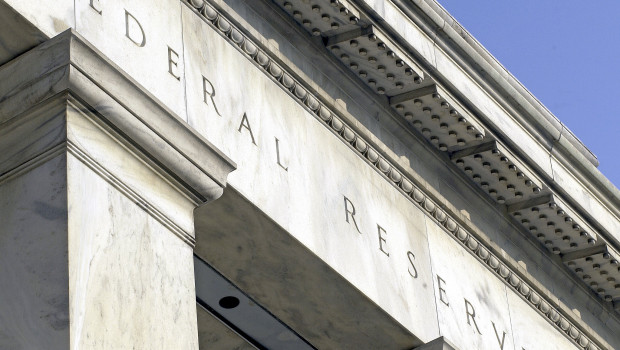US non-farm payrolls growth slows to 372,000 in June

US non-farm payrolls growth slowed to 372,000 during the month of June., although some economists noted that an alternate measure of labour demand contained within the same report came in much softer.
The US private sector generated all of the growth in non-farm payrolls to the tune of 381,000 with services' firms taking on 333,000 more workers, led by 77,800 new jobs in Health Care and Social Assistance and a further 67,000 in Leisure Hospitality.
Economists at Barclays Research had forecast a reading of 275,000.
However, reading for the previous two months were revised lower by a combined 74,000.
Average hourly earnings meanwhile increased at a month-on-month pace of 0.3% (consensus: 0.3%).
An alternate measure of labour demand, which is contained in the Household survey, as opposed to the Establishment survey, from which non-farm payrolls figures are derived, revealed an outright drop in employment for June of 315,000.
It was not uncommon for the two measures of labour demand to diverge, although over time they tended to converge.
In parallel, the labour force participation rate ticked lower by one tenth of a percentage point from May to reach 62.2%, instead of rising as expected by economists, as 353,000 people left the civilian labour force.
Hence, the rate of unemployment was unchanged at 3.6%, which was nevertheless as expected by the consensus.
Commenting on the latest US jobs figures, John Leiper, chief investment officer at Titan Asset Management, said: "Today’s unemployment rate matched expectations, at 3.6%, whilst the nonfarm payroll number surprised to the upside at 372,000 new jobs.
"This should do little to disrupt that prevailing narrative which means the Fed can proceed on its current trajectory for now with further rate hikes to come. That said, if the economic data does deteriorate over the coming months, then I suspect the Fed is less likely to follow through with the more aggressive of the current rate hike projections."
For his part, Ian Shepherdson, chief economist at Pantheon Macroeconomics, chipped in saying that Friday's data on hourly earnings left him "pretty confident" that the downshift in salary growth was real and that the feared wage/price spiral was "just not happening".
He added that the drop in the labour force participation rate was not "statistically significant", nor was the decline in household employment with the latter neither leading nor lagging payrolls, "it just swings wildly around the payroll trend".
"Overall, the jobs data support our view that talk of the economy being in recession right now is fanciful, while the wages numbers suggest inflation pressure is easing.
"Markets tend to react more strongly to payrolls than to wages, so we’re not surprised to see the Treasury curve rise and flatten; the recession story was over-priced. Thinking a bit further ahead, though, these data are consistent with our strong view that the Fed’s September decision will be 25bp or 50bp; markets currently price-in 56bp."
Mickey Levy at Berenberg Capital Markets however disagreed with Shepherdson, saying: "While payrolls rose in the establishment survey, civilian employment in the household survey declined 315k, which together with a 350k decline in April likely marks a Q2 contraction in civilian employment.
"The household survey has historically led the establishment survey around inflection points and could be signaling the start of a trend toward weaker labor markets."
As for fed funds traders, as of 1647 BST they had moved to pricing in a 4% chance of a 100 basis point rate hike by the Fed at its July meeting, according to the CME's Fed Watch tool, while for September the odds of a 75bp move were put at 30.0%.